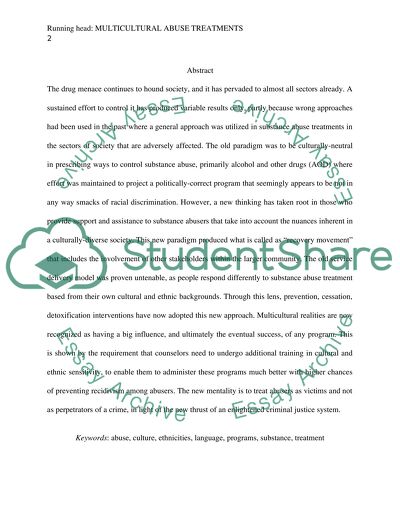Cite this document
(“Correctional Mulicultural Substance Abuse Treatments Term Paper”, n.d.)
Retrieved from https://studentshare.org/law/1481246-correctional-mulicultural-substance-abuse
Retrieved from https://studentshare.org/law/1481246-correctional-mulicultural-substance-abuse
(Correctional Mulicultural Substance Abuse Treatments Term Paper)
https://studentshare.org/law/1481246-correctional-mulicultural-substance-abuse.
https://studentshare.org/law/1481246-correctional-mulicultural-substance-abuse.
“Correctional Mulicultural Substance Abuse Treatments Term Paper”, n.d. https://studentshare.org/law/1481246-correctional-mulicultural-substance-abuse.


